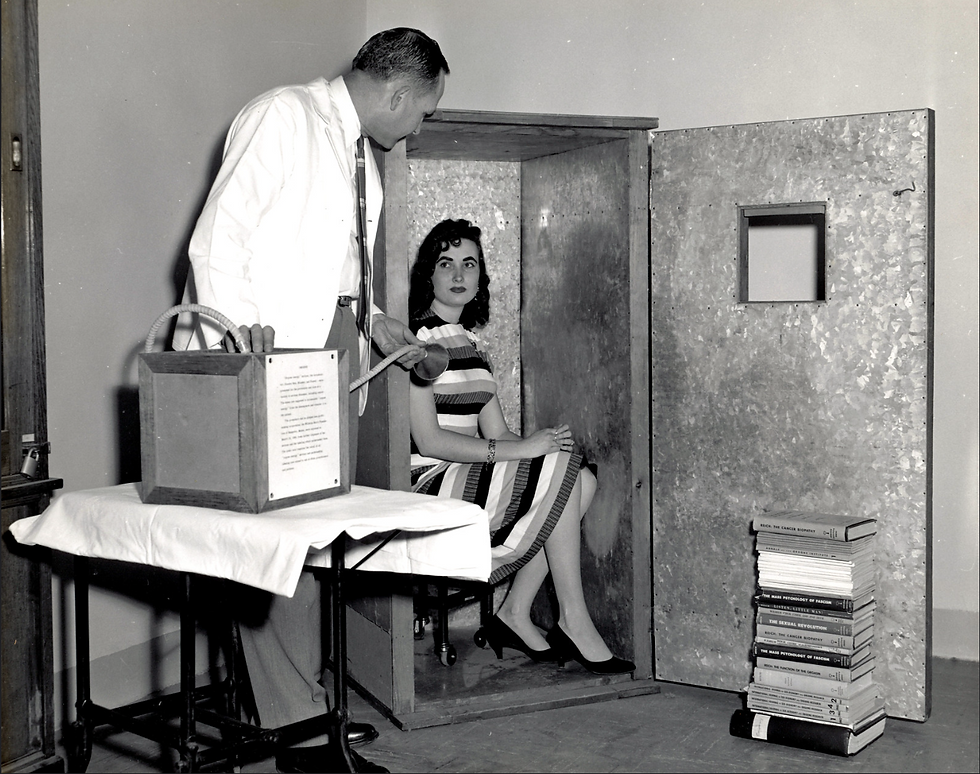Throughout human history, technology has surprised us with delightful innovations that save, extend, or improve the quality of our lives. New technology helps us thrive in ways only limited by our ability to dream.
Technology itself is valueless, however; it can be used for benefit, harm, or fraud. The atomic bomb was built on new technology (note: as of this writing, I haven’t seen Oppenheimer yet - please no spoilers). Concerns about the dangers of artificial intelligence are real. New tech innovation must be shepherded with good development practices, public-private policy partnerships, and rigorous benefit-risk assessments. This is especially true in medtech.
The Food and Drug Administration (FDA) and other global regulators have been working to protect citizens from harmful and fraudulent devices for a long time (see the example below, pulled from FDA’s history site).

Image: Psychiatrist Wilhelm Reich declared the existence of a universal healing and revitalizing force, called orgone, and created devices (the booth and breathing apparatus are pictured here) to capture and administer it. He was fined and eventually jailed in the 1950s. Source: FDA Flickr
And yet, there is reason to be optimistic. History teaches us that new technology often solves old technology’s woes in unpredictable ways. For example, in 1894, a great crisis befell the city of London: there was a deep fear of burying the city in horse manure. Yes, horse manure. Because there were so many horses and no solutions for removing their waste other than using more horses to haul it out. The solution from unexpected technology innovation: cars. The crisis managers and foretellers of a disaster had not predicted that cars would replace horses. The crisis was averted by unplanned, unpredictable new tech.
Tech is everywhere in healthcare. Network connectivity and algorithms augment many (if not most) clinicians’ care. Based on the technology we have today, the future of health is visible. I dream of a complete diagnostic laboratory in my home, limited only by the delivery of reagents to run my kids’ strep tests before heading to school. I dream of the surgeon’s eyes and hands, augmented by software for a successful replacement of a worn-out joint, as safe as a plane flying on autopilot. I dream of the parent of an insulin-requiring toddler never having to get out of bed to check a glucose reading. I dream of a world where I can know exactly what individual treatment my body needs to thrive, every day.
I am enthusiastic about the future of technology to promote human survival and thriving. I’m looking forward to making the best of what’s next, today.
~Shannon, the Optimistic Optimizer